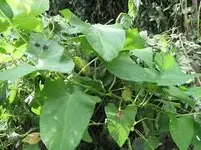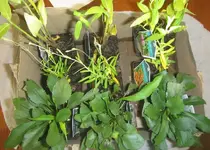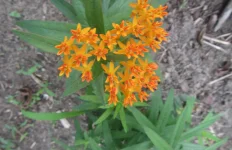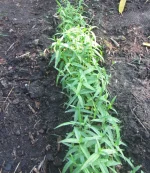Meadowlark
Well-known member
- Hardiness zone
- 9a
Looking for some tips on growing this Monarch butterfly attractor.
1) should I wait to start any from seed until fall?
2) what varieties would work best here in zone 9a?
3) do you think they would grow in my HK containers?
4) does the seed require stratification?
Any/all tips appreciated.
1) should I wait to start any from seed until fall?
2) what varieties would work best here in zone 9a?
3) do you think they would grow in my HK containers?
4) does the seed require stratification?
Any/all tips appreciated.








